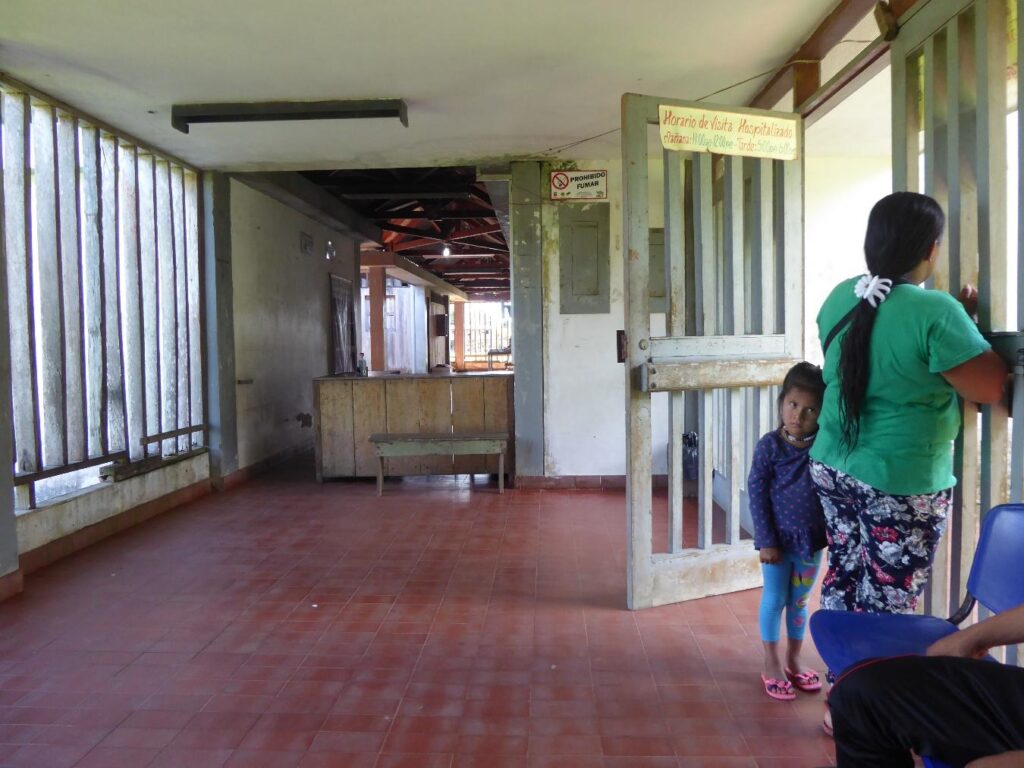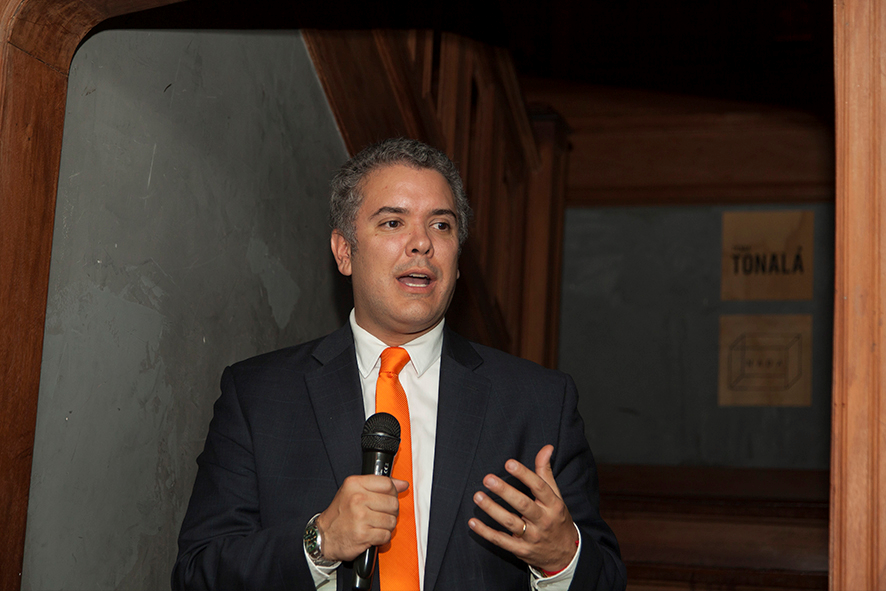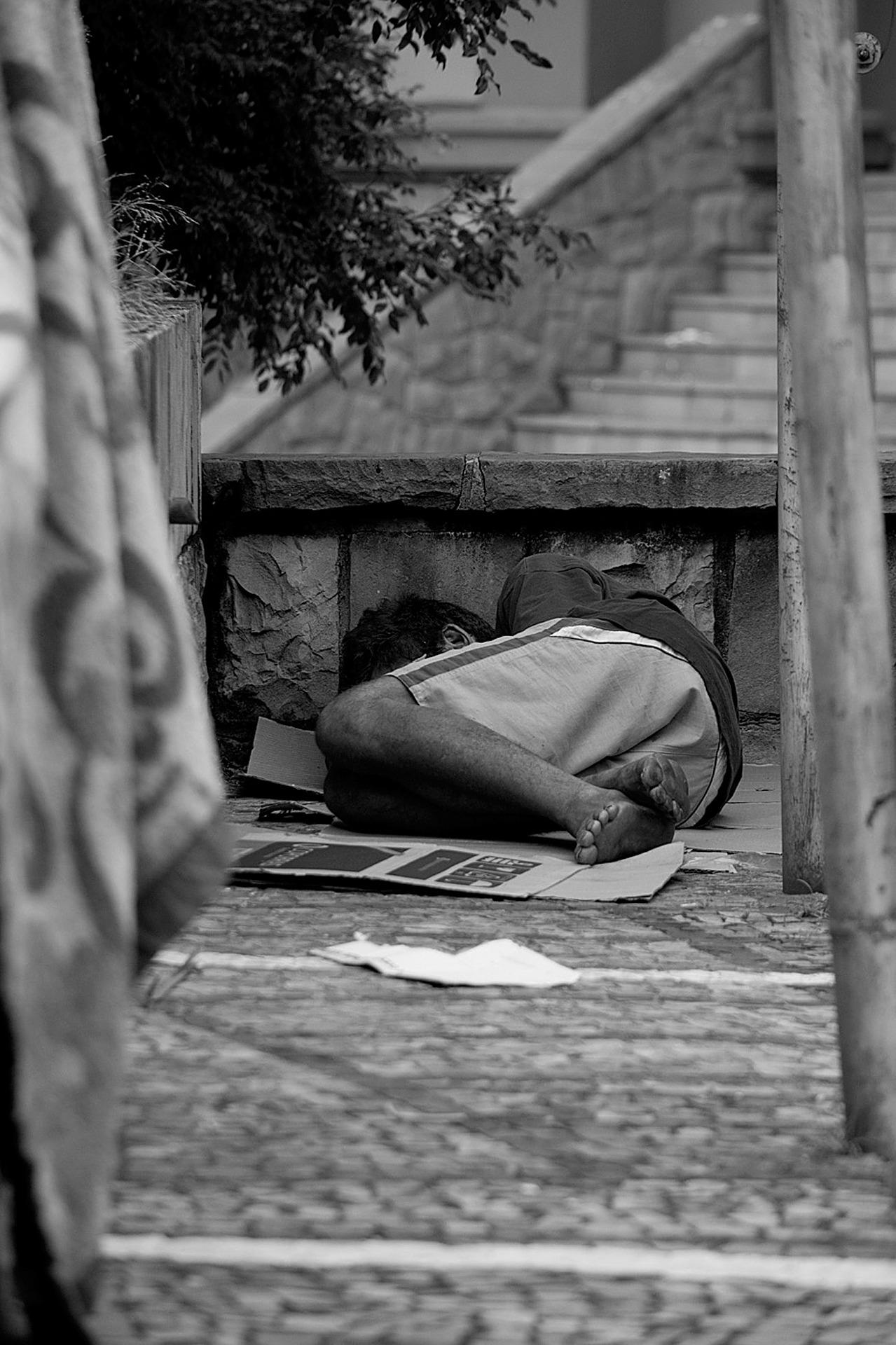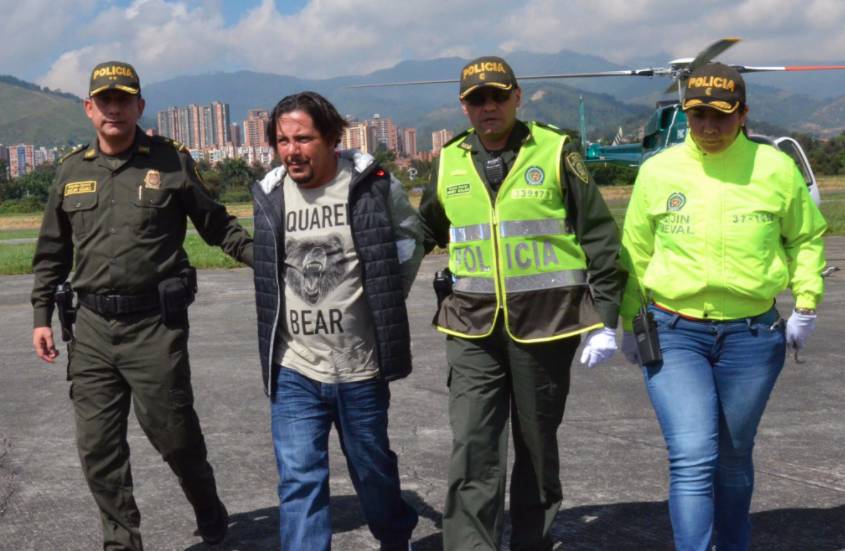Petro wants to introduce dramatic changes to Colombia’s health system. Find out what he’s proposing and whether the cure is worse than the disease.

After several tense months – and some twitter-baiting from the president himself – the Petro government has finally presented plans to reform Colombia’s health system. Congress will now debate radical proposals which could up-end decades of private-public partnership.
People are rightly nervous, even within Petro’s own cabinet. Can his plans revive the ailing body of health services? Or will medical meddling push the patient into rigor mortis?
Nothing is certain, but here’s what we know so far.
An end to the EPSs?
No-one loves their EPS, but we might miss them if Petro’s plan goes ahead.
Empresa Promotora de Salud are insurers that link patients to a network of health providers. They are also intermediaries for disbursement of government health funds, frequently caught in corruption scandals, or going broke overnight leaving their thousands of patients in limbo.
A central plank of Petro’s plan is to scrap the EPSs in their current form and return most of their functions to state entities. The private EPSs, “suck money out of the health system” he tweeted recently, going to the core of his argument that “health should not be a business.”
But in Colombia health has long been delivered through a for-profit health partnership between EPSs and public institutions that was launched in 1993 and lauded soon after as the “most fair in the world” by the World Health Organisation.
One innovation was pooling social security funds from salaried workers with government subsidies for the poor and unemployed. The goal was to get more people signed onto health insurance plans, and it worked with bells on. Since its inception, in thirty years enrolment shot up from 25% to over 95%.
Today that success is something of a mirage. Particularly in rural areas, where communities are signed onto health plans. EPSs frequently fail to deliver services leaving fragile public health clinics to pick up the pieces.
EPSs tend to cherry-pick busy urban areas where they work to maximise profits. They tend to focus on curative medicine – care packets to sell – rather than preventative health. There’s less profit in stopping people from getting sick.
And to boost profits EPSs run their own “premium” schemes which fast-track wealthy patients to gilded suites while the masses struggle with wait lists and automated phone centres. The longer the wait, the more incentive for people to join the premium plan – at least those that can afford it.
Health reform? Or a new model…
Despite these distortions, the larger EPS’s have managed insurance plans and networks of health providers for 30 years accruing vital expertise, particularly in risk management and auditing. And for most Colombians, they are the recognisable face of health care.
More to the point: how easily can they be replaced?
Scrapping the current system will result in “a great chaos” warned ACEMI this week, the Asociación Colombiana de Empresas de Medicina Integral which represents EPSs and their allied private health providers.
At a wider level, Petro has no plans to end private health. Wealthy Colombians can still access premier services. But the majority will shift from their EPSs to a public health body.
ACEMI’s worry – shared by some of Petro’s own cabinet – is how will that work. And when? Petro’s plan is thin on specifics. And how will Petro overcome that torpor characterises public entities in Colombia?
According to ACEMI, most Colombians “want to improve EPSs, but not to end them.” Petro´s proposals go beyond a simple reform, it claims: “What the Government is proposing is a new health model that would start from zero.” That’s a worry for anyone needing regular health care.
A pivot to primary health care
A possible future role for the EPS’s mooted by Health Minister Carolina Corcho is to manage a network of community clinics, or CAPS – Centros de Atención Prioritaria en Salud. Each would aim to cover 20,000 people, with doctors and nurses covering primary health, health promotion, and family planning.
The network would incorporate existing public clinics and hospitals but also 3,000 new facilities each fully staffed and managing outreach teams for remote and indigenous communities.
If it sounds too good to be true, it probably is. First, there is the cost, COP$25 billion just for infrastructure, according to initial estimates presented by Corcho. Tellingly, the CAPS plan comes with a caveat: “assuming funds available,” which means all or nothing at all.
And EPS involvement in CAPS was a late U-turn from Petro following outcry over his plan to scrap them. But even that has failed to soothe public nerves, since their new incarnation will be so stripped down to be effectively “liquidated”, according to ACEMI.
Bringing it back to rural areas
Petro’s CAPS plan could have its biggest impact in rural areas where populations have dire access to health services. Around 800 of the country’s 1,112 municipalities rely on a run-down public clinic and 56 percent of rural areas have only ruins of health posts built in previous public health plans in the 1980s.
This is partly down to weak institutions, but also an economy of scale. Take the department of Guainía for example with a rural population of 10,000 people spread over 72,000 square kilometres – about the same size as Scotland. And all swamps and jungles and rivers. In fact, the only official road goes to the airport. Bringing health here is a challenge for any health system, and doubly difficult to turn a profit.
The same can be said for departments like Amazonas, Chocó, La Guajira, Vichada, and Vaupés. All are huge territories with poor populations strung out over huge distances with hardly any transport systems and weak or non-existent health services.
Read also: Patients and patience in Colombia’s health system
These inequalities mean people dying. In Vichada, for example, infant mortality rates are 281 per 100,000, almost seven times the national average (42 deaths per 100,000).
Another feature of rural areas is reliance on air ambulances for critical cases, which in Amazon and the Eastern Llanos Plains invariably evacuate patients to Bogotá hospitals, assuming the community is lucky enough to have a serviceable airstrip.
That sounds good in theory – it means lives are saved. But once again it feeds a for-profit system cashing in on a nearly total lack of resolutive health services on the ground.
Other fixes to the health system
Health system problems don’t exist in isolation, and Colombia’s congress will be looking at complementary solutions while considering Petro’s reform plan. For example, finding ways to increase the rate of formal employment.
This matters because the original reforms of 1991 assumed a shift to salaried workers which contribute directly to health plans. But thirty years on most adults are still working informally – around 60%, according to the DANE. That figure has not shifted in a decade.
While some independent contractors also contribute to the health pot, many other informal workers are enrolled in the subsidised scheme meaning government still covers half the population for health care contributions. Getting workers in formal employment, or more independent workers contributing, will lower that burden.
Another perennial problem for Colombia is its weak public institutions, particularly in rural areas. It means they are more prone to funds lost to corruption, but also poor management and short-term planning. For example, hundreds of telemedicine kits have been donated to rural clinics in recent years by central government. The trouble is there are no plans for broadband internet to connect them.

Then there are also two large elephants in the room: cocaine and conflict. Coca-growing areas invariably fall outside the health net and armed groups routinely harass health workers, extort services and supplies, or even their salaries, or scare them away altogether.
Recognising these realities and developing strategies to deliver health in conflict zones – collaborations with NGOs and human rights groups for example – could improve access for stranded communities.
Health services can also be simplified to be more effective. Colombia’s restrictive practices mean only doctors can deliver babies. This may work in cities, but it’s hardly practical for vast rural areas with no MD in sight. Incorporating traditional midwives in the health plan could reduce infant mortality if handled correctly.
Can congress find a compromise?
It’s unlikely that Petro’s health plan will pass muster in its purest form. There is no popular clamour to scrap the EPS system in urban areas and Petro’s own team is worried radical change is a reform too far. And any sensible timeline for such a radical shift would take years longer than Petro’s current presidential term.
But behind the bluster is a real need to overhaul the system, particularly in rural areas. This goes hand in hand with other social reforms and the pressing need to tackle conflict and corruption.
Can Congress find a compromise solution that delivers fairer health without tearing down the house? That’s what Colombians are hoping for.





